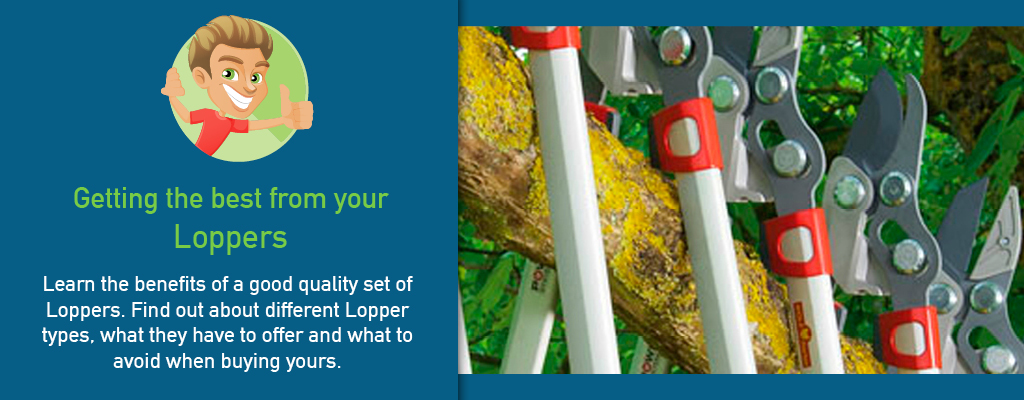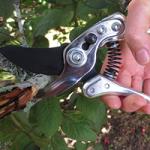- Lawn & Garden
- SPECIALS
- WHATS NEW !
- Lawn Mowers
- Blowers, Vacuums and Sweepers
- Chainsaws
- Line Trimmers and Brush Cutters
- Chippers and Shredders
- Combi & Multi Systems
- Engines
- Hedge Trimmers
- Garden Hand Tools
- Horticultural Equipment
- Lawn Edgers
- Log Splitters
- Rotary Hoes and Tillers
- Sprayers and Mistblowers
- Turf Care Equipment
- Waterblasters
- Used Equipment & Demo Units Etc
- Wood Fires & BBQs
- Commercial & Construction
- Pruning & Horticulture
- Cordless
- Accessories & Spares
- Lawn Mower Parts
- Rider Mower Parts
- Chainsaw Parts and More
- Brush Cutter Parts and More
- Blower and Vacuum Parts
- Toys, Go Karts & Promo Items
- BBQ Accessories and Parts
- Wood Fire Parts and More
- Sharpening Tools
- Chipper / Shredder Parts and More
- Waterblaster Parts and More
- Safety Equipment and Clothing
- Sprayer Parts and More
- Lawn Edgers
- Workshop Tools



 Keep your Loppers as sharp as possible at all times. A light dressing with a small industrial flat file on the main cutting blade prior to use, plus a light lubrication of the pivot bolt area – little but often. Loppers cut between 20mm to 60mm diameter branches. We recommend also carrying a small 200mm fold-knife Pruning Saw to be used on 35mm to 75mm branches, instead of or as well as your Loppers, which can be easily carried in your hip pocket for convenience.
Keep your Loppers as sharp as possible at all times. A light dressing with a small industrial flat file on the main cutting blade prior to use, plus a light lubrication of the pivot bolt area – little but often. Loppers cut between 20mm to 60mm diameter branches. We recommend also carrying a small 200mm fold-knife Pruning Saw to be used on 35mm to 75mm branches, instead of or as well as your Loppers, which can be easily carried in your hip pocket for convenience.
 European, Japanese or Taiwanese brands generally make the best quality.
European, Japanese or Taiwanese brands generally make the best quality. Avoid lightweight, low price Pruners. They will break.
Avoid lightweight, low price Pruners. They will break.